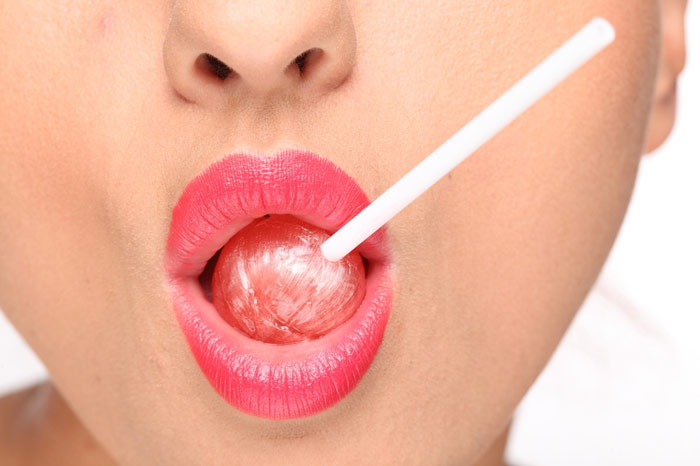
The mouth is an exceptional part of the human body. Speech, meals, sense of taste, and many other functions are connected with the mouth. In this review we will focus on the little-known facts about the human mouth.
1. Saliva as a solvent
Saliva is a sticky, watery substance that covers the whole mouth and performs many functions. It is produced mainly to prevent dehydration in the mouth cavity and to facilitate digestion. The latter function is linked to an enzyme called “amylase”, which helps break down carbohydrates – an essential chemical component in many foods, which is also contained in all parts of the body. Thus, the saliva is theoretically able to digest most parts of the body.
2. Teeth are the most durable body part
Breaking teeth is almost impossible. This is because they are made of enamel, which is the hardest substance in the body and probably one of the most complex materials in the world. It is not surprising that the majority of dental equipment consists of miniature high-class tools.
3. The tongue is a complex combination of muscle
Muscles are fleshy body parts, which help a human move. Muscles also come in different shapes and sizes. The tongue, in particular, is one of the most complex and unique muscles in the body. This is actually a combination of four different muscles, each responsible for different actions. The combination of these four muscles allows highly complicated movements needed for speech, eating and swallowing. Thus, just like any other muscle in the body, the tongue can also be trained. For example, it occurs in the process of learning a foreign language.
4. The mouth, the eyes and the nose
The human mouth is actually directly related to the nose and the eyes. However, it is an exaggeration to say that they are in a single cavity – rather they are connected by a complex system of glands, capillaries and holes. All of them eventually lead down to two main systems: the digestive system and the respiratory system.
5. Saliva is actually filtered blood
Saliva production takes place unconsciously and automatically, and everyone knows that certain foods and conditions stimulate saliva production more than others. Where does the saliva come from? In fact, it is produced from the main liquid in the human body – blood.
When blood flows into one of the glands located in different areas of the face, blood plasma is filtered out and eventually converted into the saliva. This is done by special cells located in the salivary glands, which are responsible for the absorption of certain elements of the plasma.
6. Taste buds
Human tongue is actually not at all smooth. If we consider it under the microscope, we will see that it is covered by numerous taste buds: an average adult has more than 10,000 buds on the entire upper surface of the tongue. These tiny structures look like tiny mushrooms or white-and-pink caps. Over time, these nerves die, and people’s sense of taste gets less acute, all food seems tasteless to them.
7. The fifth taste
If you ask someone to quickly identify the main taste groups, most will remember the sweet, the salty, the sour and the bitter. At the turn of the 20th century, Japanese scientist, Kikunae Ikeda, discovered the fifth group of taste, called umami (“savory”). This is the taste of high-protein substances, to be exact – sodium glutamate, which remains one of the main ingredients in modern Asian cuisine and fast food.
8. Taste and smell
To explain this point, we’ll give an example, which is certainly familiar to everyone. When you have a stuffy nose, all food seems tasteless. And no matter how much salt, pepper or spices you add – you feel no taste. This is because the perception of flavor involves the sense of smell. Despite the fact that the tongue holds most nerve endings responsible for the five basic tastes, the most delicate tastes are formed quite differently. As soon as the food enters the mouth, some of it is converted into a fine mist that rises into the nasopharynx. Thus, any spice and flavor present in the food stimulates olfactory receptors, complementing the perception of taste receptors on the tongue.
9. The mouth is one of the dirtiest parts of the body
On the one hand it seems that people are always brushing their teeth, using dental floss, rinsing their mouth so as to keep it clean. However, we cannot consider the human mouth clean. In fact, this is one of the dirtiest parts of the body, compared only to the genitourinary system and gastrointestinal tract. However, this is not bad. Hundreds of species of bacteria live in the human mouth, but most of them are harmless. If any pathogenic bacteria get into the mouth, the “good” bacteria kill them. However, if any of these “good” bacteria get into other parts of the body, they may cause an infection.
10. The mouth is mainly composed of muscles
A quick look into the anatomy textbook will show what muscles are responsible for a variety of mouth movements. When a person is blowing, whistling, chewing, talking, or simply inflating the cheeks, different muscles are responsible for it.






